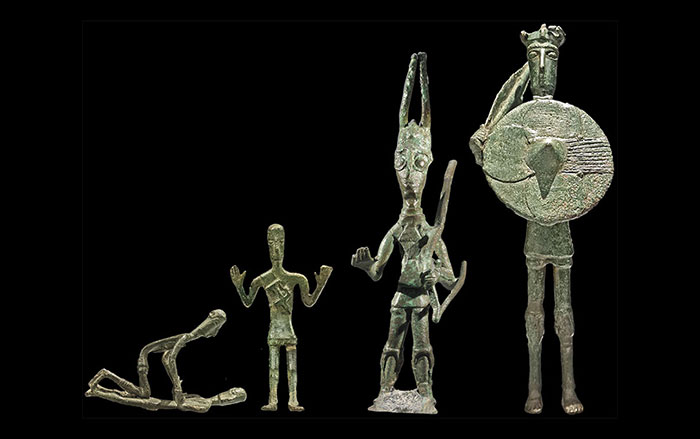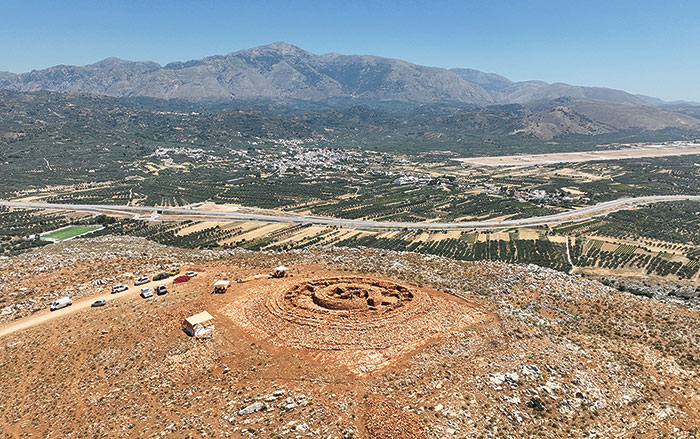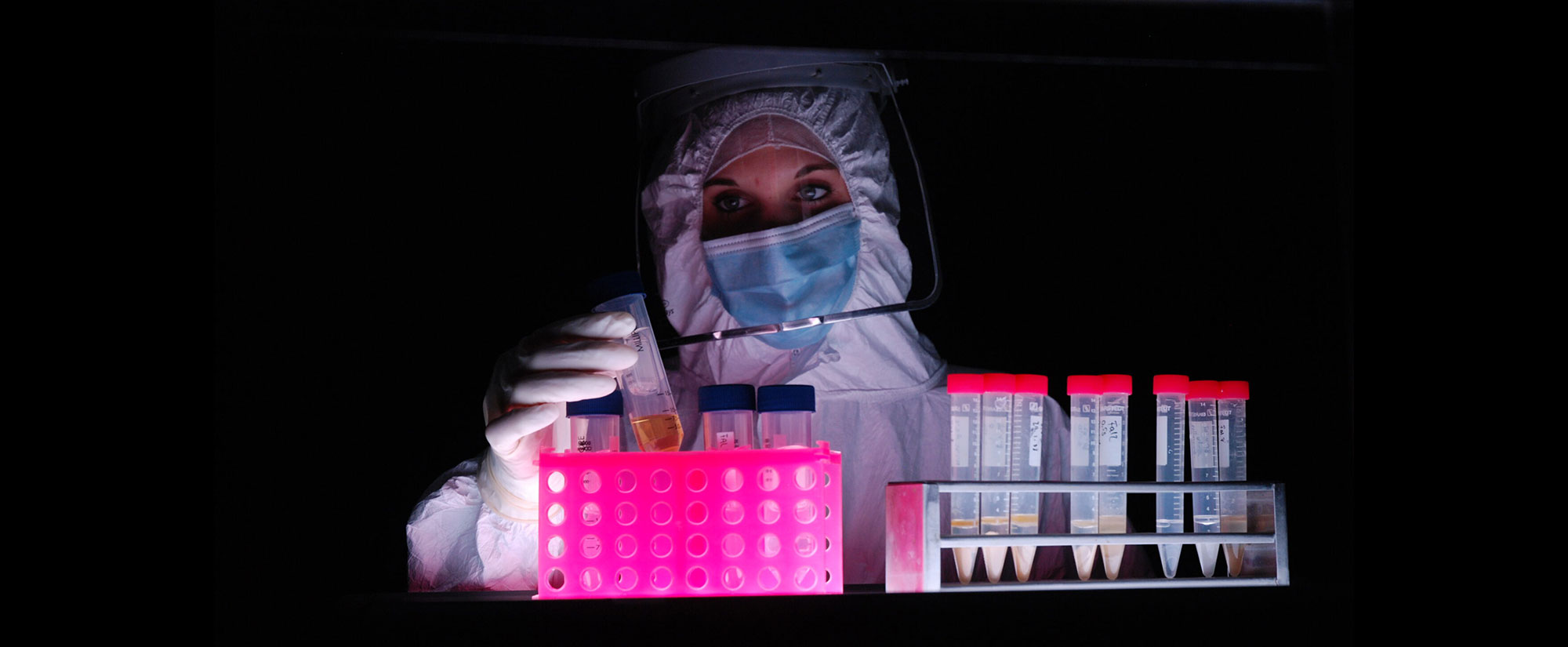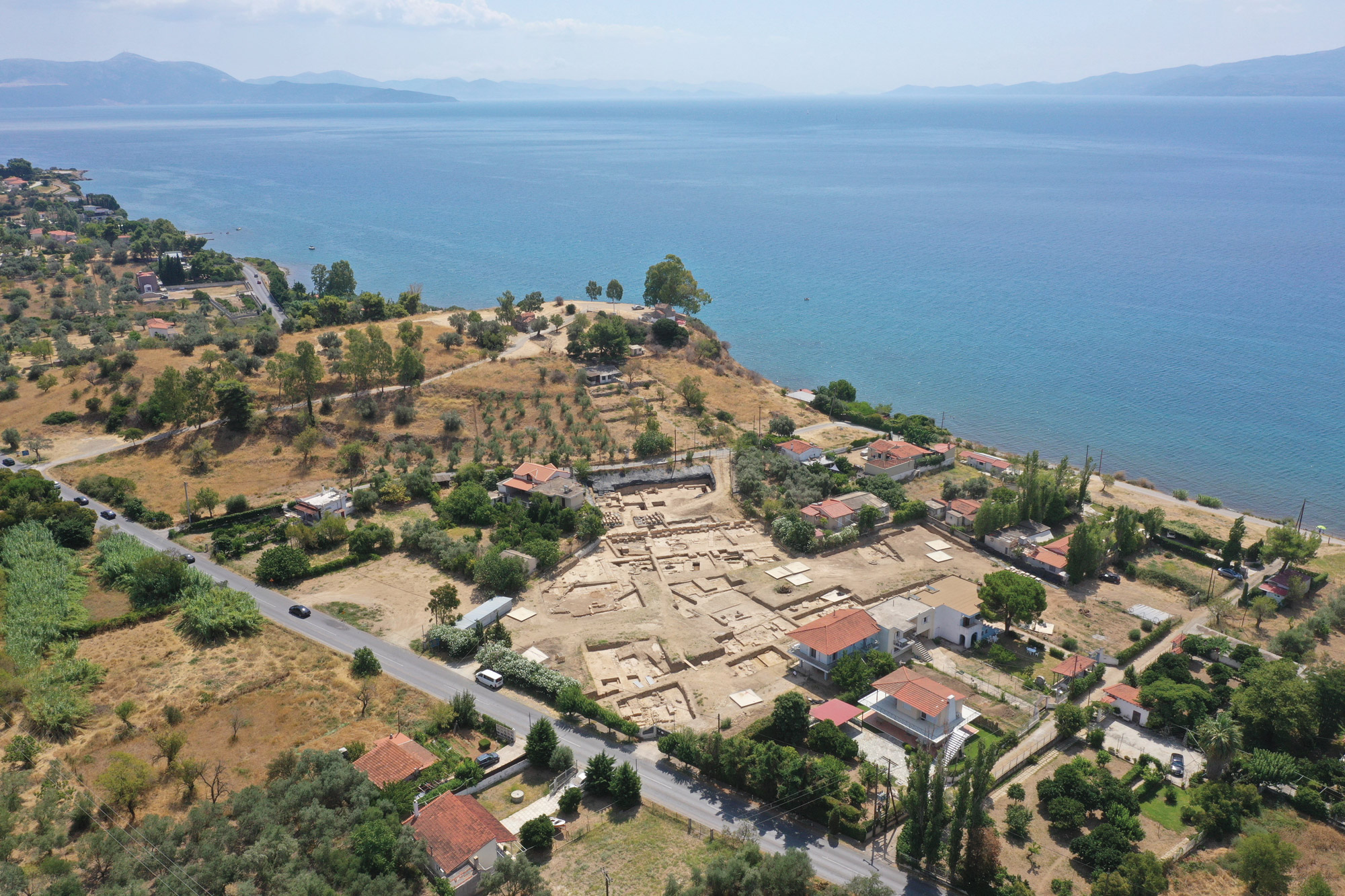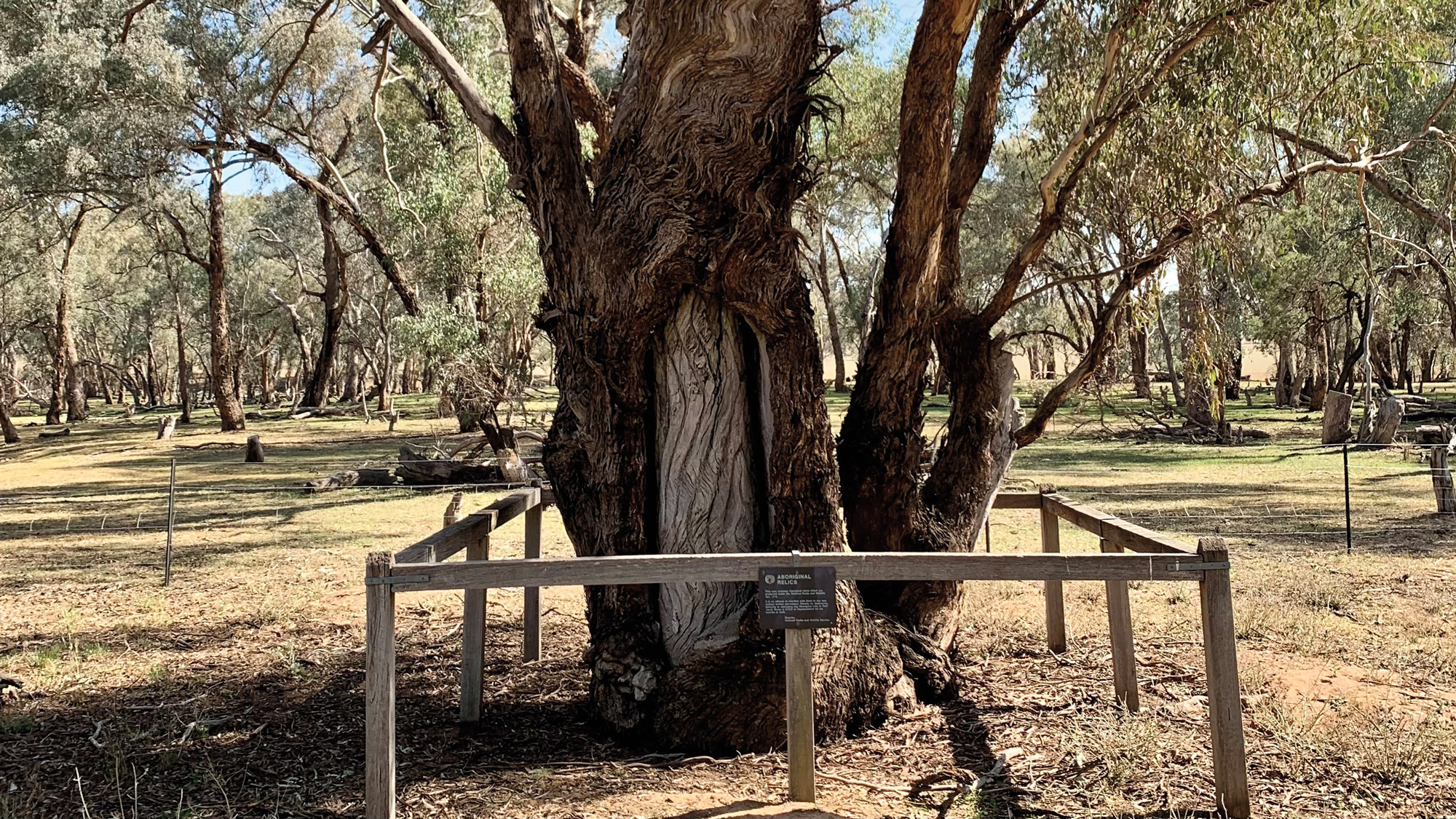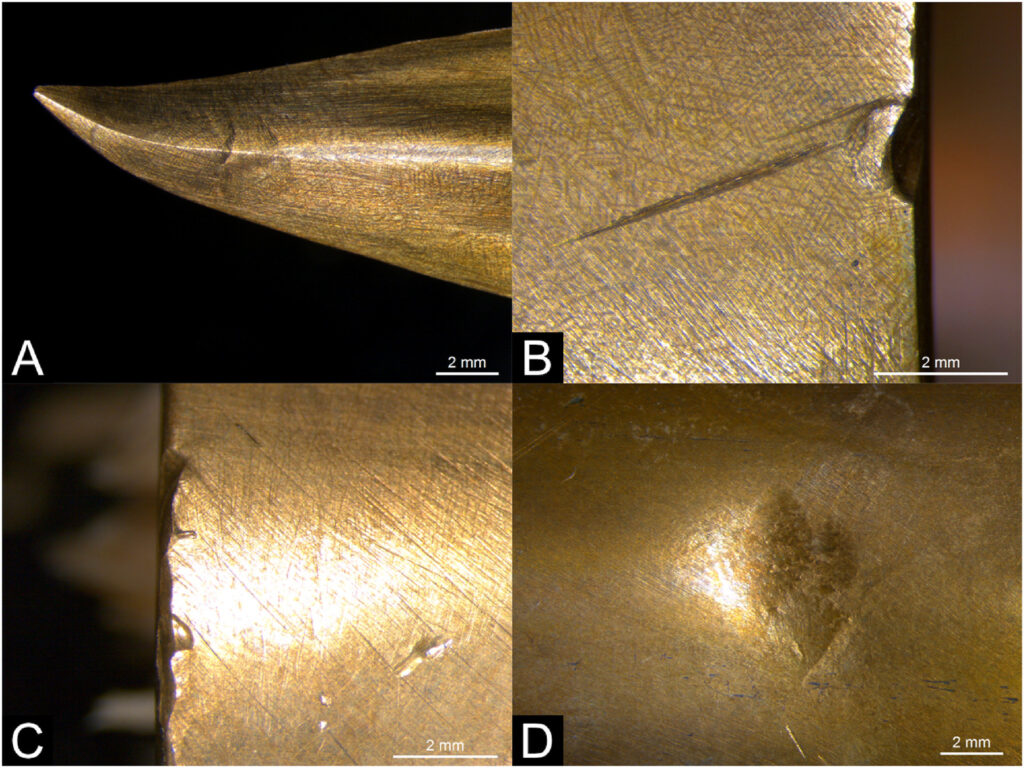
GŌTTINGEN, GERMANY—According to a statement released by the University of Göttingen, a team of researchers, including experienced fighters, investigated how Bronze Age spears were used in battle by simulating different fighting styles with replica weapons, and then studying the marks left on the weapons after contact with metal blades, wooden shafts, wooden shields, and animal tissues. They also recorded how those marks changed with repeated use. “Our findings show how weapons were used and what techniques were employed,” said Valerio Gentile of the University of Göttingen, who began the project as a student at the University of Leiden. “We may also be able to use our research to find out whether the Bronze Age weapons were used in large-scale battles or in duels,” he added. Gentile and his colleagues also created a guide to the marks made on the experimental weapons so that researchers and curators can assess the past use of Bronze Age weapons in museum collections. Read the original scholarly article about this research in Journal of Archaeological Science. To read about the history of arms and armor, go to "Weapons of the Ancient World."



